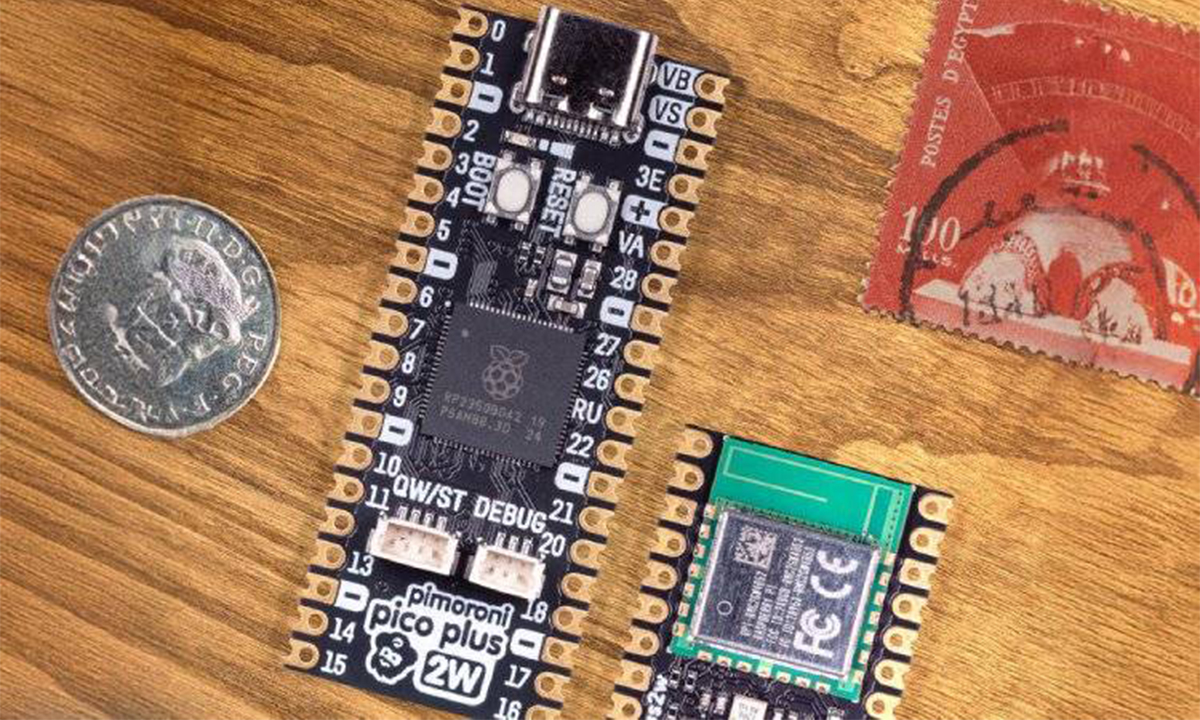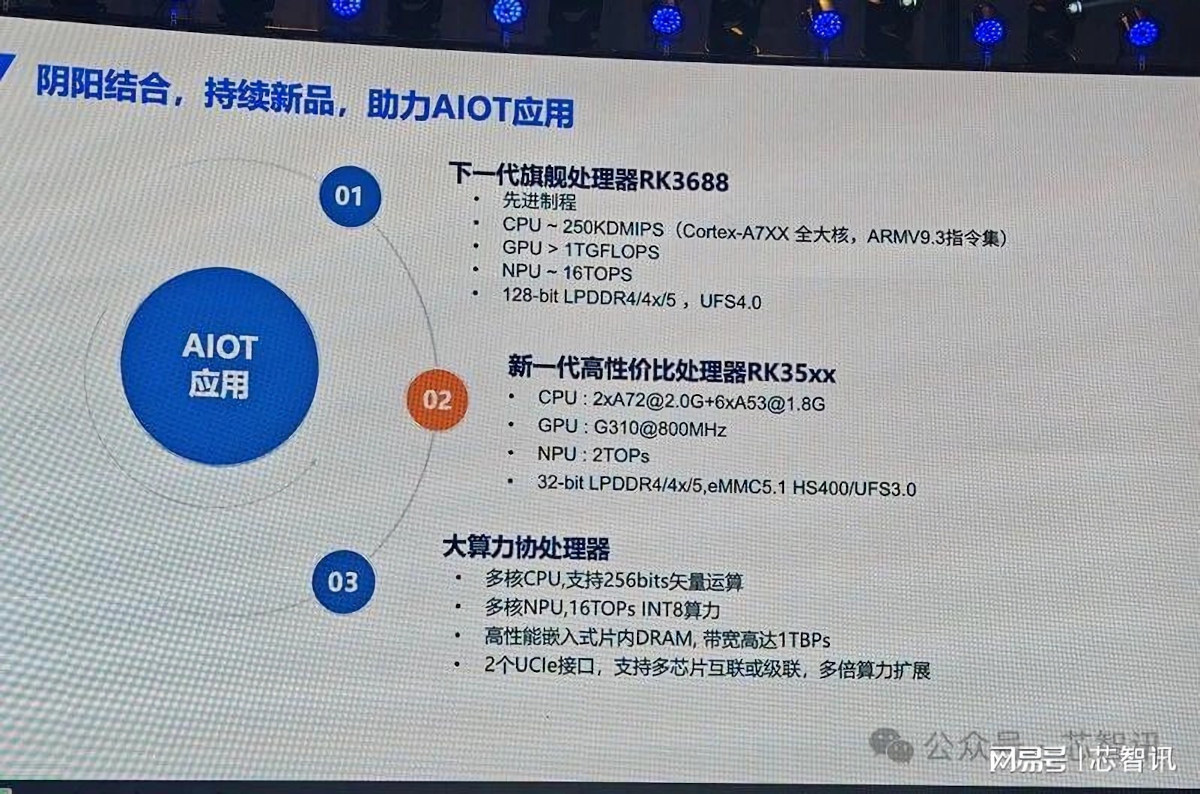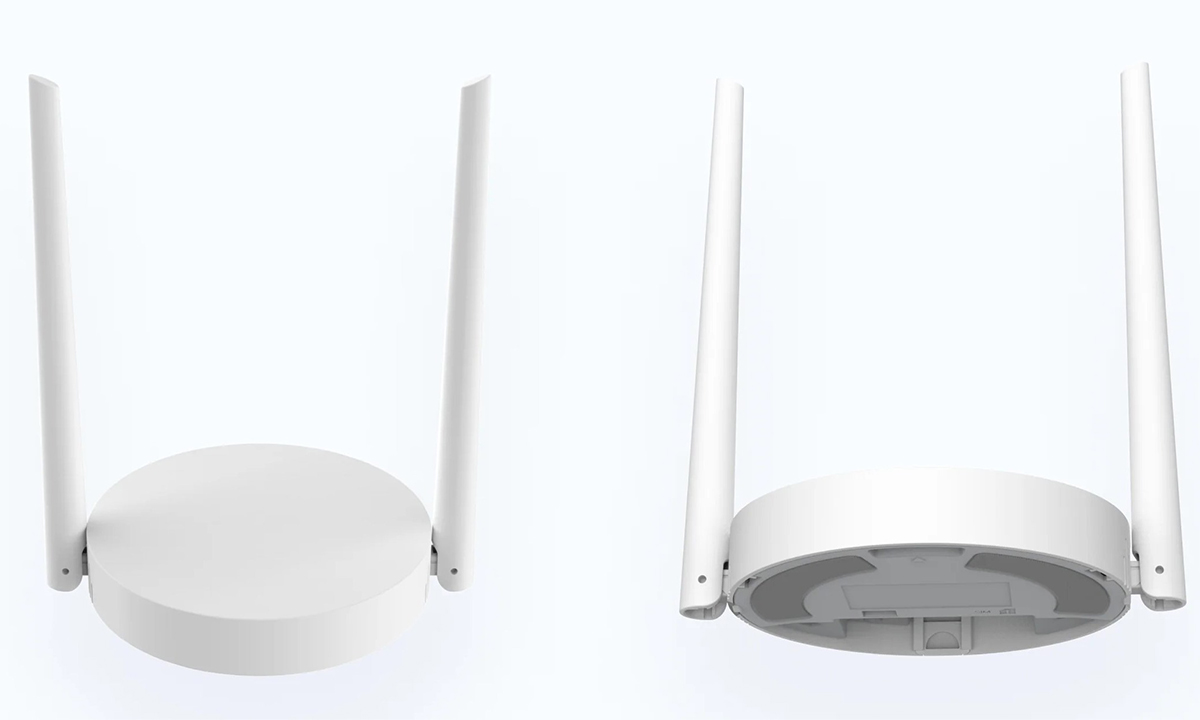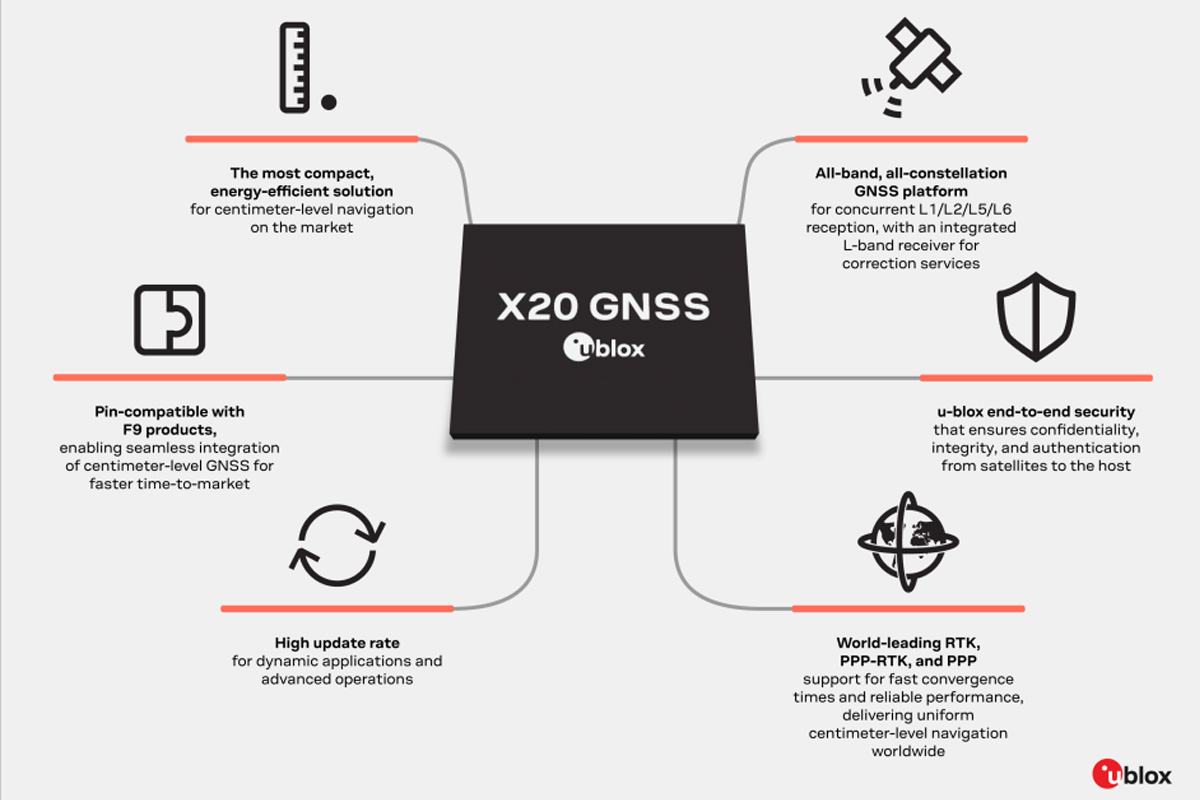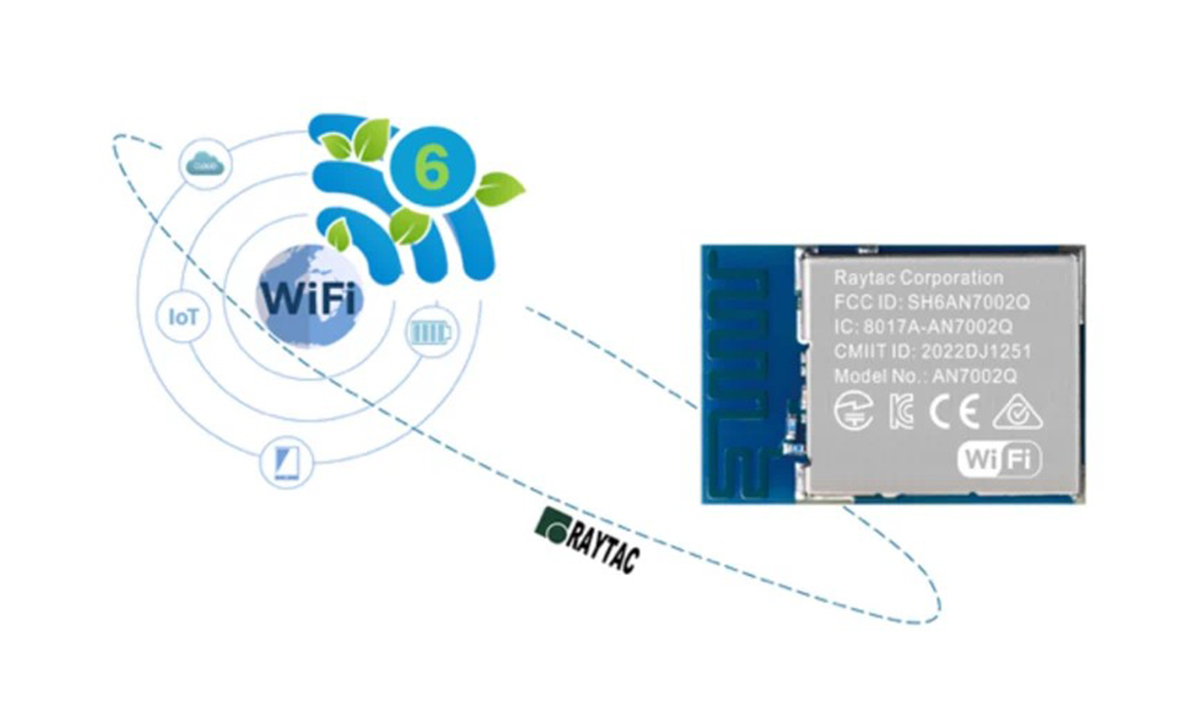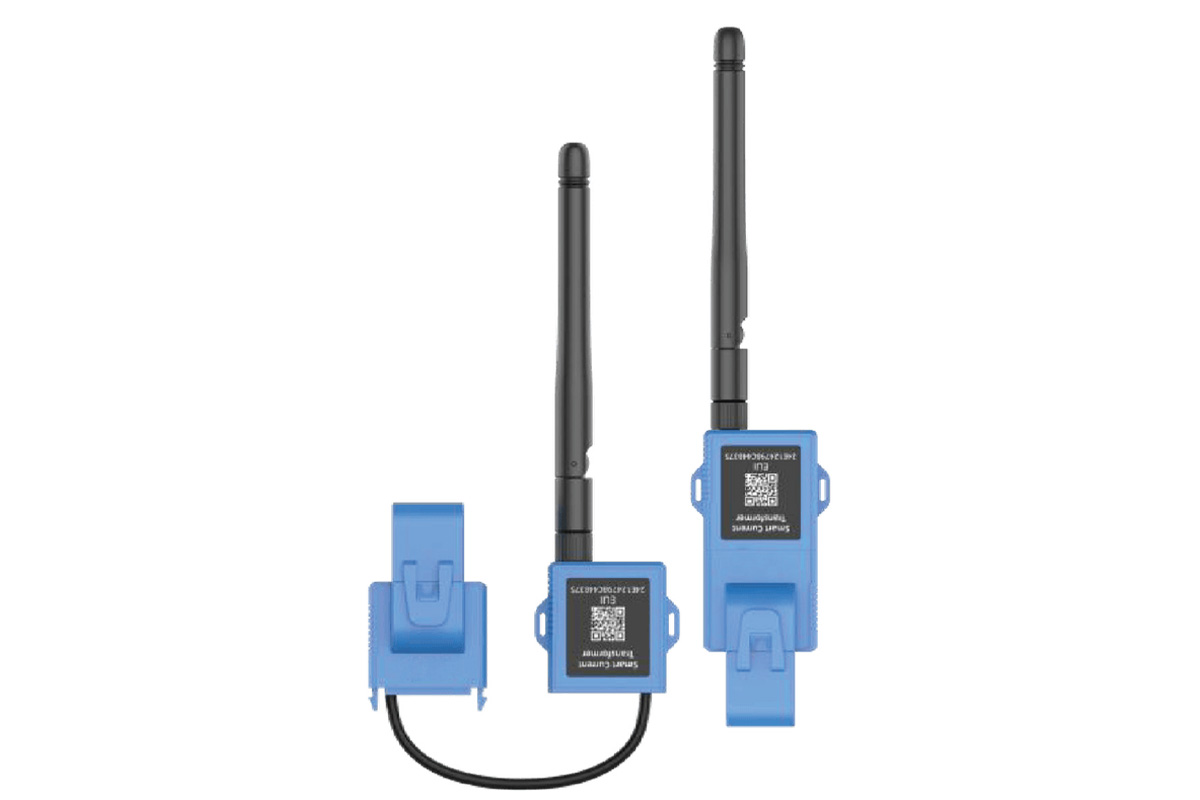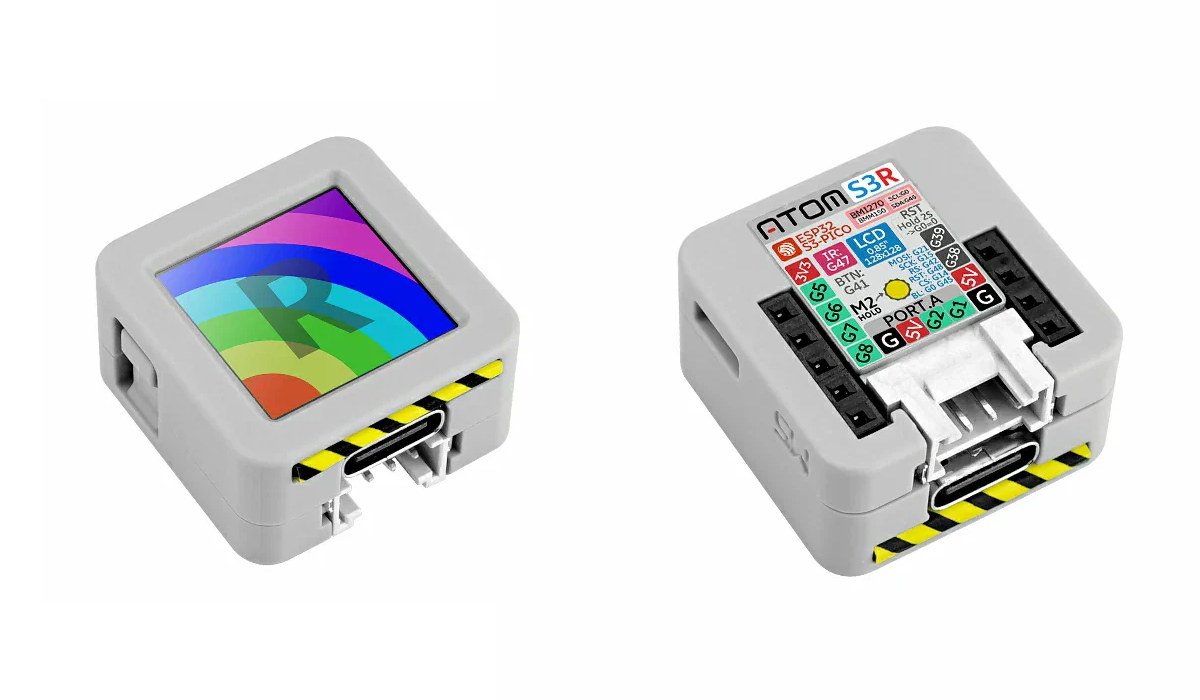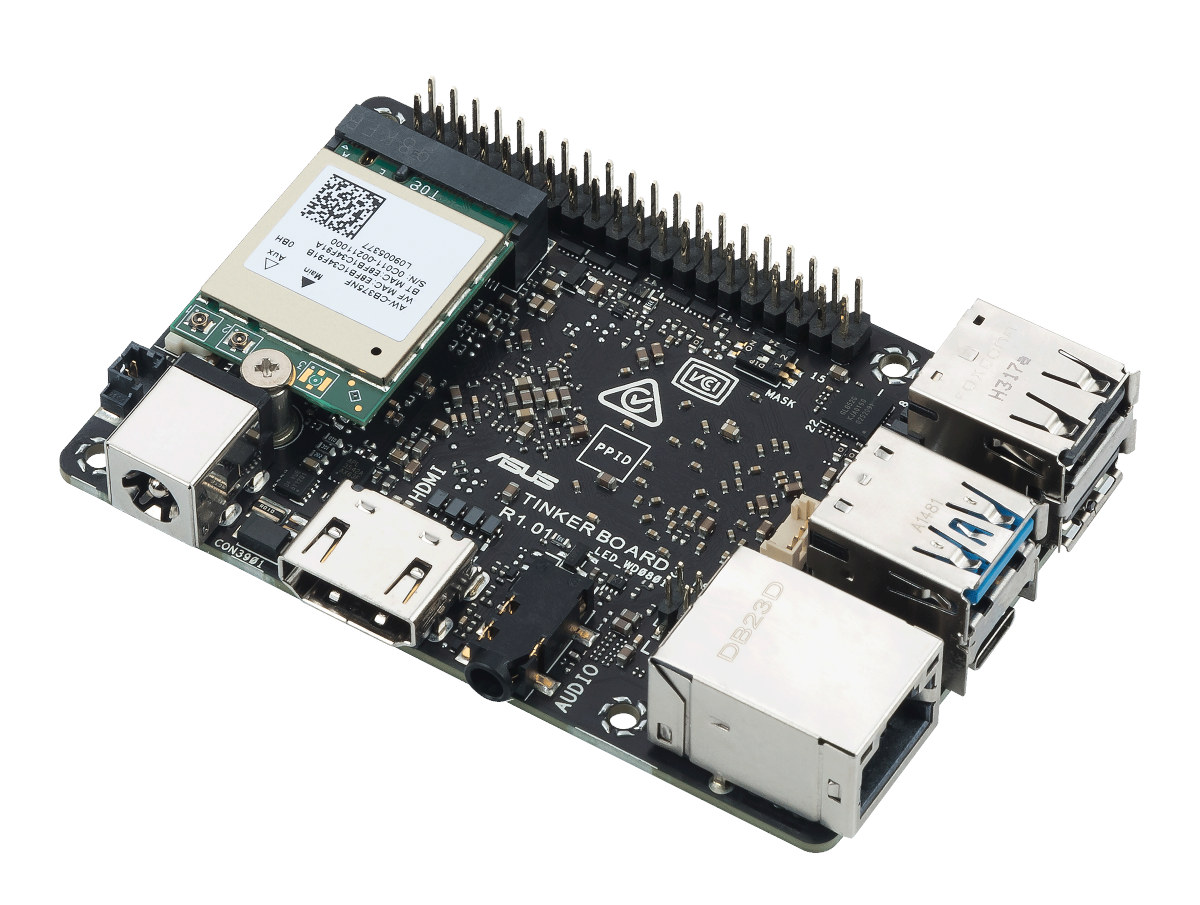Raspberry Pi released the Raspberry Pi Pico 2 a few months ago, featuring the new RP2350 chip. Despite several upgrades, it lacks wireless connectivity like Pico W. While there’s no official Raspberry Pi Pico 2 W yet, Pimoroni has developed an unofficial alternative, the Pimoroni Pico Plus 2 W, which integrates Wi-Fi and Bluetooth using a yet-to-be-formally-announced Raspberry Pi RM2 module and potentially set to appear in a future Pico 2W. The Pimoroni Pico Plus 2W board is powered by the Raspberry Pi RP2350B dual-core Arm Cortex-M33 microcontroller, features 16MB of QSPI flash with XiP support, 8MB of PSRAM, wireless connectivity, a USB Type-C port for power and data, and a Qwiic/STEMMA QT connector for breakout board integration. A few days ago, we covered the Pimoroni Explorer board, an electronic prototyping board built around the Raspberry Pi RP2350B chip. It features a 2.8-inch LCD screen, a speaker connector, and multiple […]
Upcoming Rockchip RK3688 Armv9.3 AIoT processor to feature a 16 TOPS NPU, UFS 4.0 interface
Rockchip has unveiled the RK3688 AIoT SoC with Armv9.3 Cortex-A7xx cores delivering up to 250K DMIPS (RK3588 delivers 93K DMIPS), a 1 TFLOPS GPU, and a 16 TOPS NPU. The new processor succeeds the Rockchip RK3588 octa-core Cortex-A76/A55 first announced in 2019, and also features a 128-bit LPDDR4/4x/5 memory interface, and a UFS 4.0 storage interface. That’s about all we know about the RK3688 right now, but we can also deduct it’s probably based on a new, yet-to-be-announced Arm Cortex-A7xx core, possibly named Cortex-A730 or Cortex-A735, because no Arm cores have been announced with the Armv9.3 architectures. The Arm Cortex-A725 CPU core unveiled last May still relies on Armv9.2, and I’d expect new Arm cores to be introduced within the next few months unless Rockchip made a mistake in the presentation slide above. Two other platforms were also announced at the same time starting with a new entry-level/mid-range RK35XX octa-core […]
The Things Indoor Gateway Pro: A Managed LoRaWAN Solution with ESP32 and Semtech SX1302
The Things Industries first introduced the Things Indoor Gateway, an affordable multi-channel LoRaWAN gateway designed for IoT networks in 2019. While low-cost single-channel gateways like Dragino OLG01, priced as low as $83.50, were available, they often struggled with connectivity in shared environments. The Things Indoor Gateway, priced around $111, offered a reliable solution for large-scale IoT deployments. Building on this success, the company has now launched the next-generation Things Indoor Gateway Pro. This managed LoRaWAN gateway is designed for seamless IoT network installation, featuring zero-touch provisioning, full cloud management, and flexible connectivity options including LTE, Ethernet, and Wi-Fi with automated failover. With advanced device management tools such as mTLS, FOTA, and secure boot, the Things Indoor Gateway Pro is a future-ready solution tailored for evolving IoT needs. Previously, we explored a variety of LoRaWAN gateways, including the AgroSense LoRaWAN for high-precision agriculture, the WisGate Soho Pro RAK7267 for greenhouse monitoring, […]
u-blox X20 all-band GNSS module offers centimeter-level accuracy, u-blox F9 pin-to-pin compatibility
u-blox has recently launched the X20 all-band GNSS module with an integrated L-band receiver that supports all available GNSS satellite signals (L1/L2/L5/L6) and can provide centimeter-level accuracy globally. The module also includes PPP (Precise Point Positioning) correction on top of RTK (Real-time Kinematic) and features like end-to-end security functions, advanced jamming/spoofing detection, and other software features. These features make this device useful for industrial automation, automotive, UAVs, and ground robotics applications. Multi-band GNSS receivers using L1, L2, L5, and the new L6/E6 band frequencies enhance accuracy, reliability, security, and other benefits. That includes better PNT (Positioning, Navigation and Timing) and RTK performance, access to global precise point positioning (PPP) services like Galileo HAS, faster convergence times in PPP for industrial and automotive use, and access to regional PPP services like MADOCA-PPP. Additionally, it helps comply with regional regulations like AIS-140 for NavIC in India and improves jamming and spoofing immunity […]
Raytac AN7002Q – A smaller nRF7002 Wi-Fi 6 module for industrial IoT applications
IoT solutions company Raytac has introduced the AN7002Q Wi-Fi 6 module series, which integrates Nordic Semiconductor’s nRF7002 chipset and is designed for Industrial IoT, smart home, healthcare, consumer electronics, and automotive applications. They can be paired with Raytac’s MDBT53 Bluetooth LE modules based on the nRF5340 multiprotocol SoC, supporting Wi-Fi and Bluetooth LE solutions. The AN7002Q is a low-power Wi-Fi 6 module supporting dual-band 2.4 GHz and 5 GHz operation with a maximum PHY data rate of 86 Mbps (MCS7). It is compatible with IEEE 802.11ax, a/b/g/n/ac standards, and connects to a host SoC or MCU via SPI or QSPI interfaces. The module also supports coexistence with Bluetooth LE, Thread, and Zigbee systems, making it ideal for IoT applications. Previously, we covered the Abluetech PTR7002, a low-power wireless module based on the Nordic Semiconductor nRF7002. The PTR7002 has a slightly larger size and offers more GPIO options, while the AN7002Q […]
MachineQ MQpower CT battery-less LoRa CT clamp measures up to 250A of current
MachineQ has recently introduced MQpower CT, a self-powered, IoT-enabled, LoRa CT clamp designed to monitor real-time current consumption. This CT clamp can measure both accumulated (Ah) and instantaneous current(A) with loads up to 100A and 250A with 1mA resolution. Additionally, it integrates a LoRa module for communication that gets powered by the induced current in the clamp itself. These features make this device useful for energy management, proactive maintenance, power monitoring, and more. We have covered various WI-Fi CT clamps in the past like the SONOFF POW Ring, the Emporia Vue Gen2 with 16 CT clamps, the ESP32-S2-based “smart power meter”, and more. Feel free to check those out if you are interested in Wi-Fi CT clamps. MQpower LoRa CT clamp specifications Connectivity – LoRaWAN Measurement range Up to 100A or 250A models 1mA resolution Accuracy ±1% (>5Arms) ±3% (≤5Arms) Misc Onboard reboot button and LED status indicator FUOTA (Firmware Update Over […]
M5Stack ESP32-S3-Pico-based devkits: ATOMS3R with 0.85-inch color display, and ATOMS3R Cam with VGA camera
M5Stack ATOMS3R and ATOMS3R Cam are two tiny devkits based on ESP32-S3-Pico system-in-package and a similar design but the first one features a 0.85-inch color color IPS display, while the other is equipped with a GC0308 VGA camera. Both modules measure just 24x24mm with a thickness of around 13mm, integrate BMM150 and BMI270 motion sensors, offer GPIO expansion through female headers and a grove connector, and feature an infrared transmitter and a USB Type-C port for power and programming. Those are the second devkits based on the ESP32-S3-Pico SiP after we covered the tiny OMGS3 module earlier this week. M5Stack ATOMS3R with display ATOMS3R specifications: SiP – Espressif ESP32-S3-PICO-1-N8R8 SoC ESP32-S3 dual-core Tensilica LX7 up to 240 MHz with 512KB SRAM, 16 KB RTC SRAM Wireless – WiFi 4 and Bluetooth 5 LE + Mesh Memory – 8MB QSPI PSRAM Storage – 8MB QSPI flash Display – 0.85-inch color IPS screen […]
ASUS Tinker Board 3 – A credit-card sized Rockchip RK3566 SBC with 12V to 19V DC input
ASUS Tinker Board 3 is a credit card-sized SBC based on Rockchip RK3566 SoC with an HDMI port, a 3.5mm audio jack, gigabit Ethernet, an M.2 socket for WiFi and Bluetooth, four USB ports, and a 40-pin GPIO header with a layout similar to the Raspberry Pi 3 Model B. When I first wrote about the Tinker Board 3 in 2023, it was a larger (100 x 100 mm) SBC based on Rockchip RK3568 SoC that was later renamed to Tinker Board 3N, now also available as a complete rugged system (more about that in a subsequent post). The new Tinker Board 3 (2024) is a completely different design that competes against Radxa ROCK 3C and Orange Pi 3B boards also based on RK3566 and offered in a business card/credit card form factor similar to the Raspberry Pi 3B. Tinker Board 3 specifications: SoC – Rockchip RK3566 CPU – Quad-core […]


